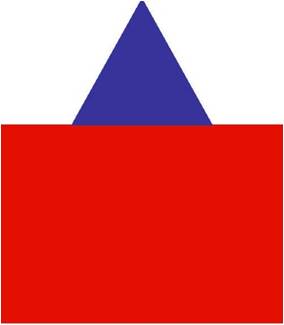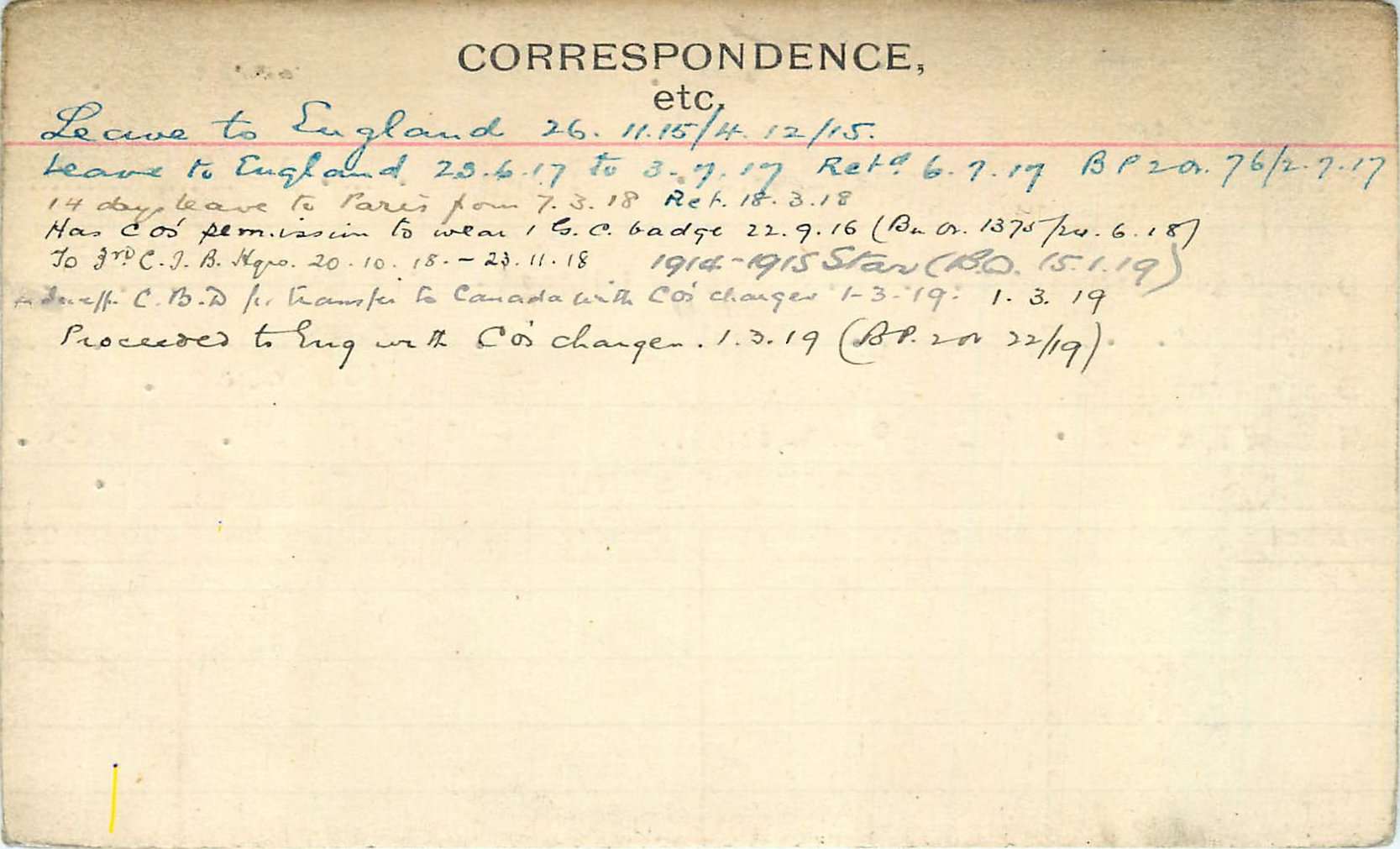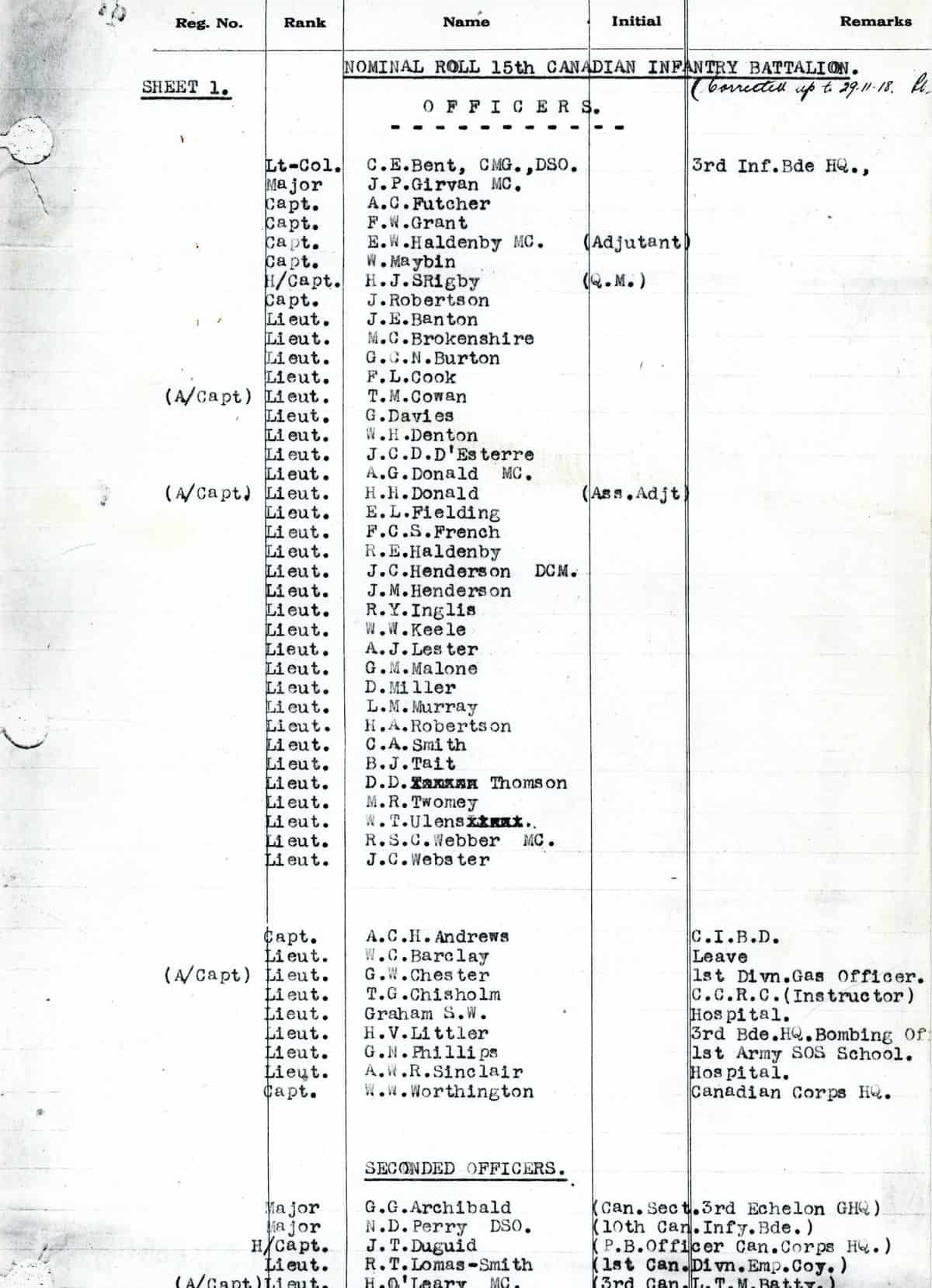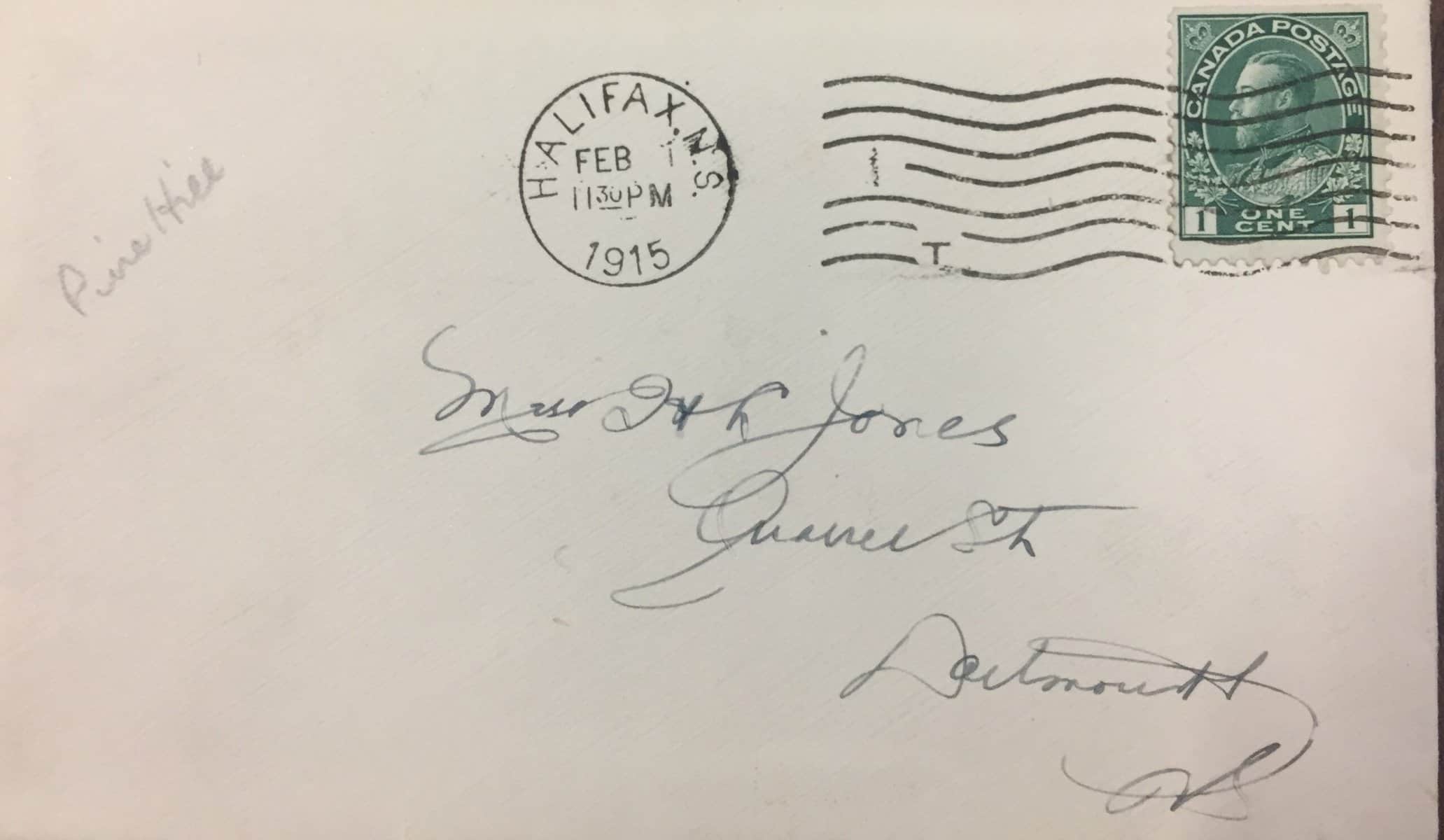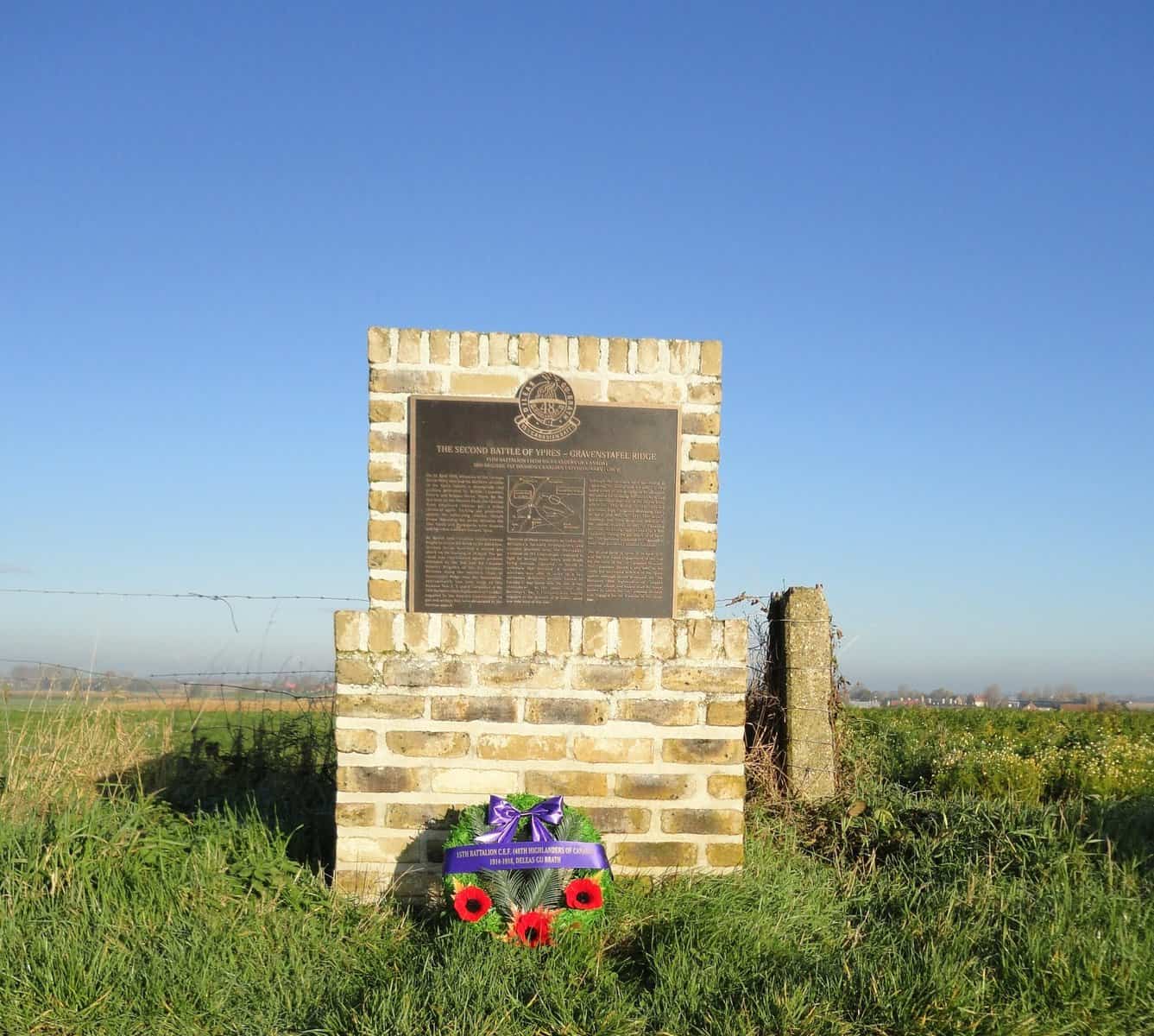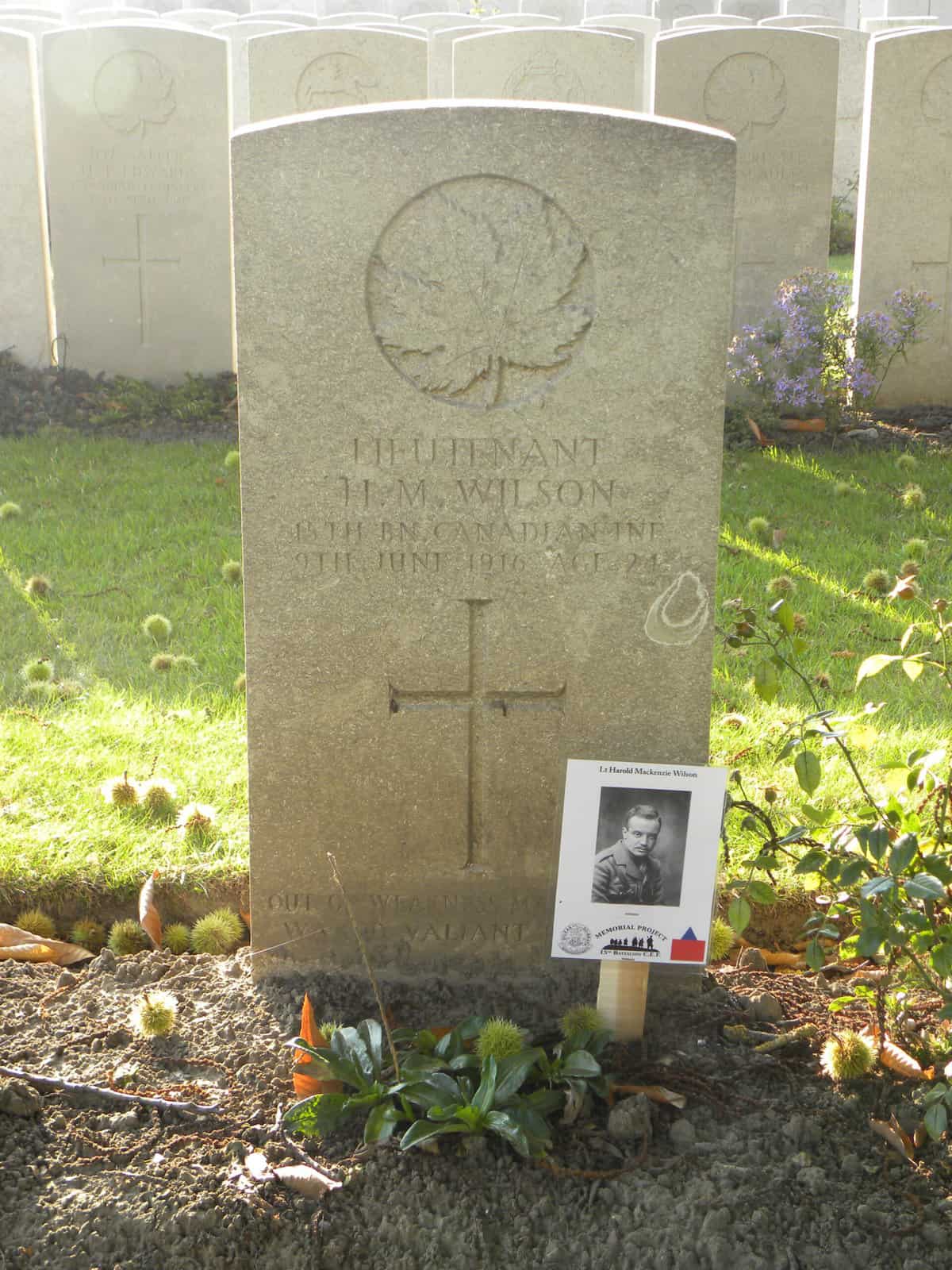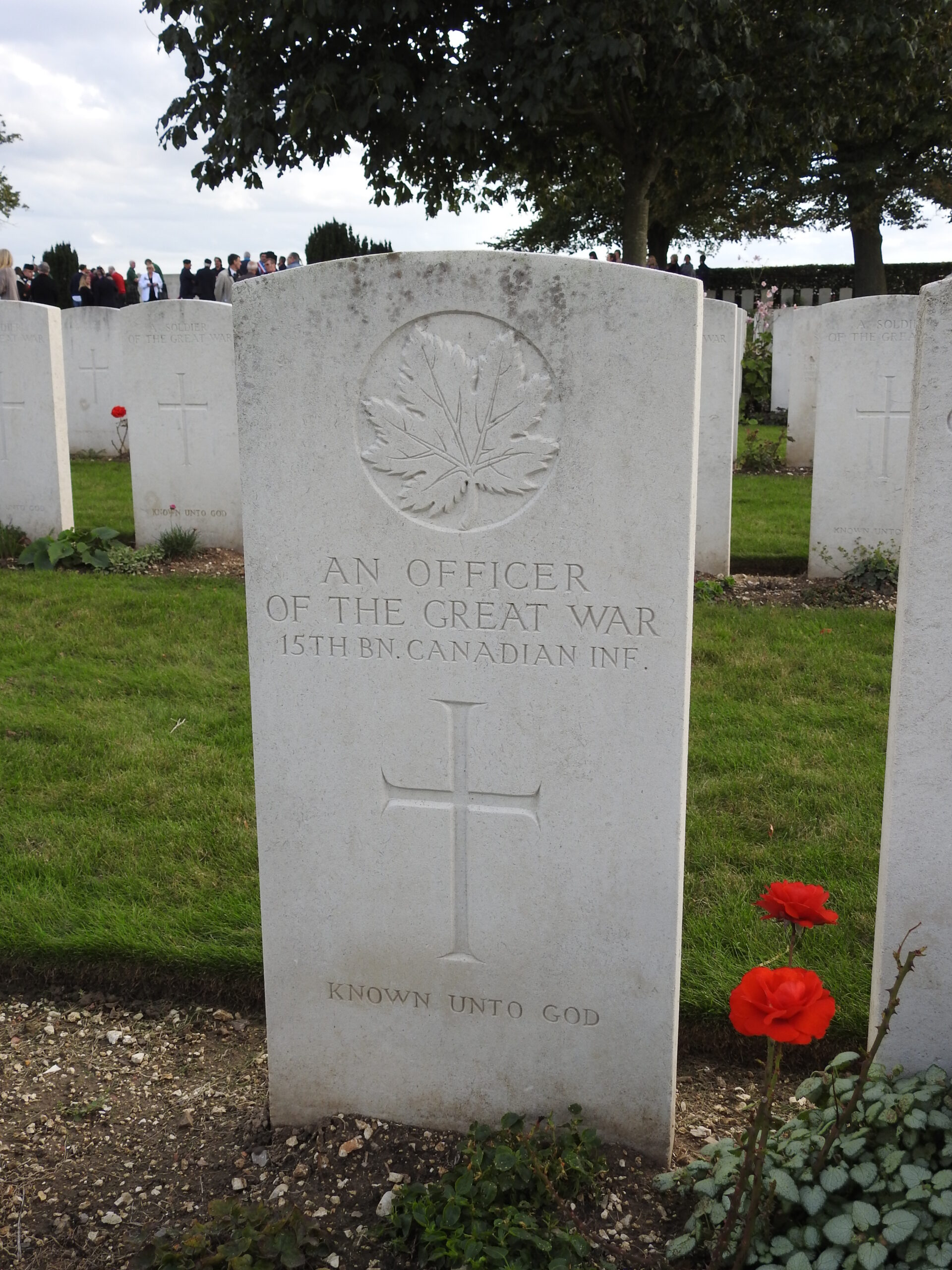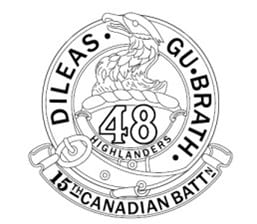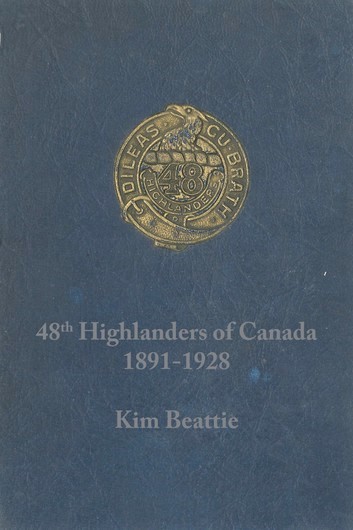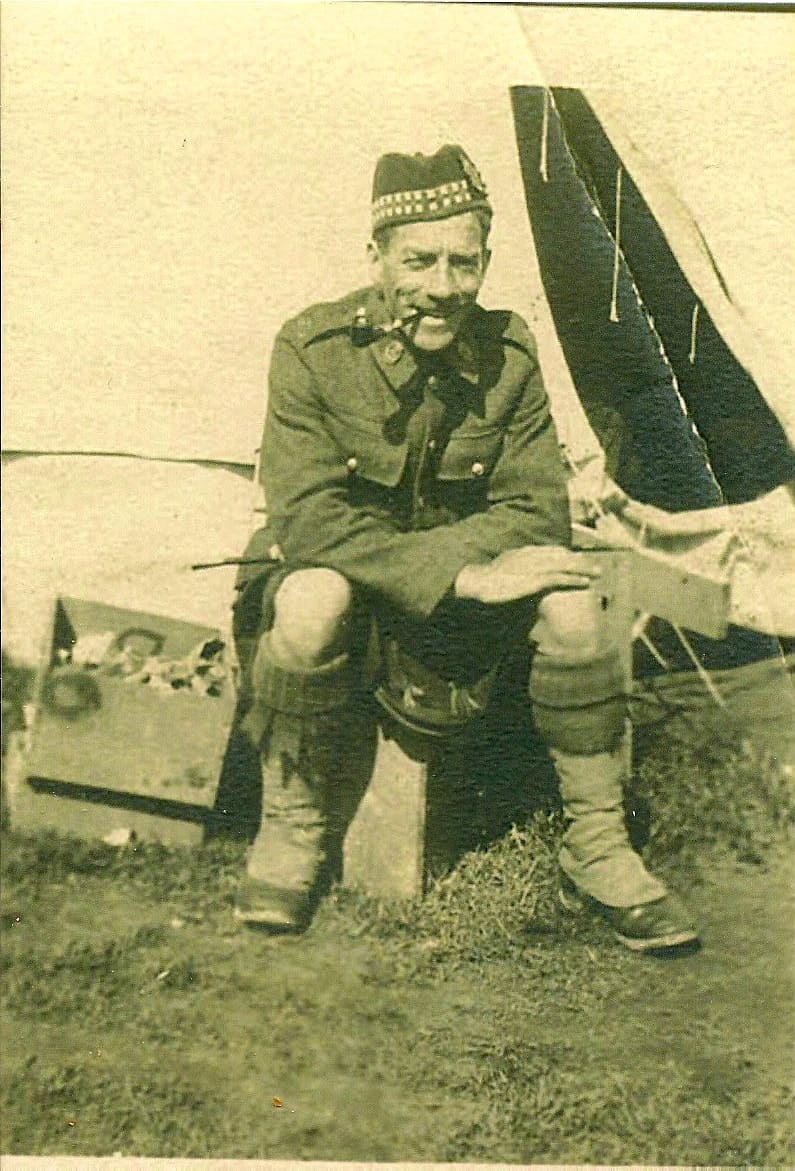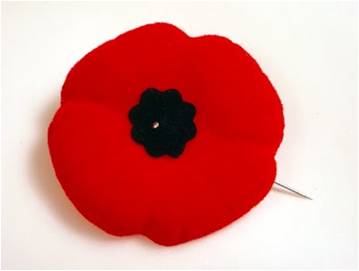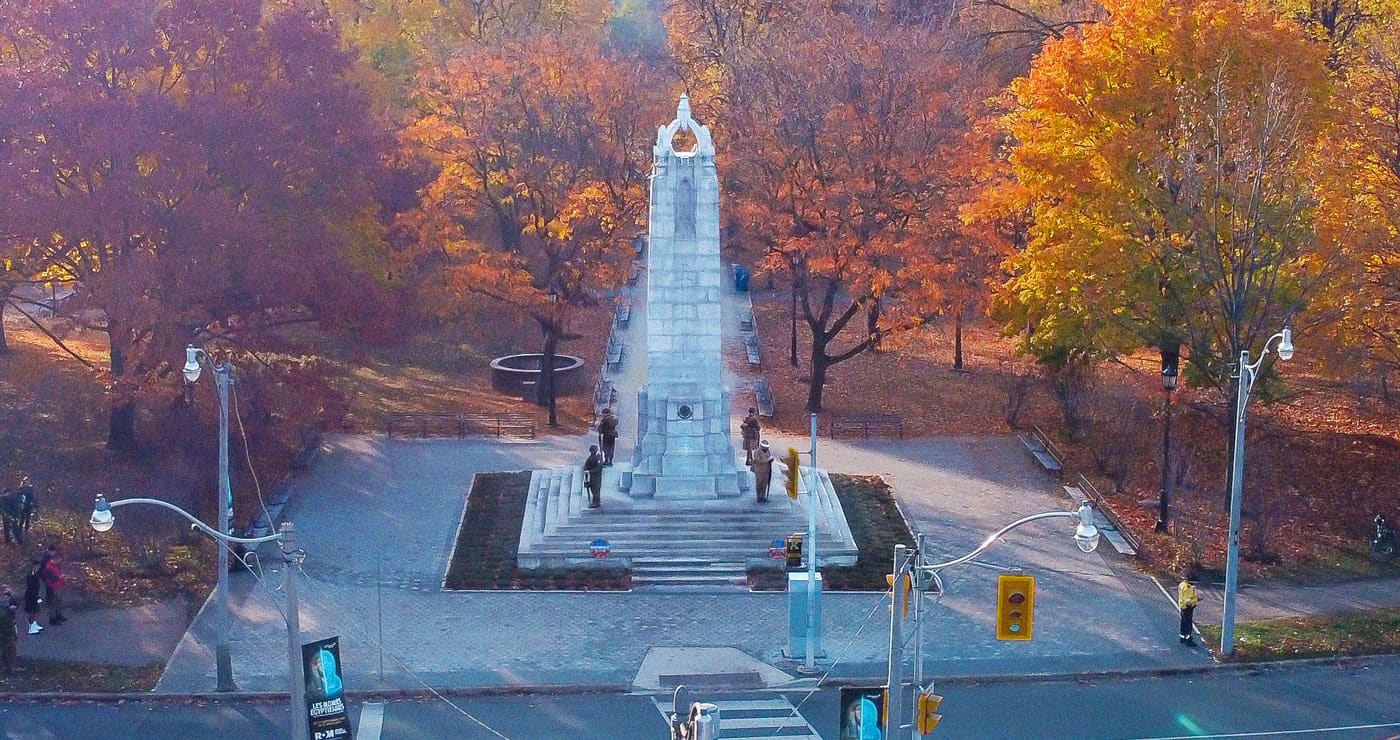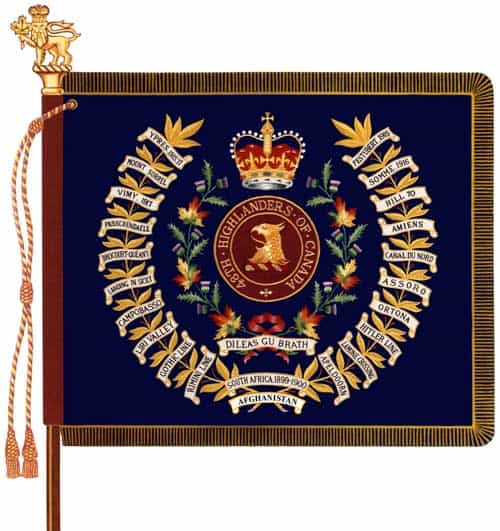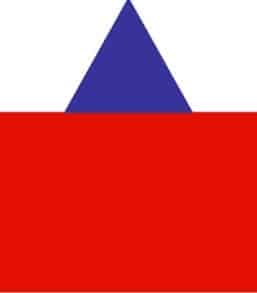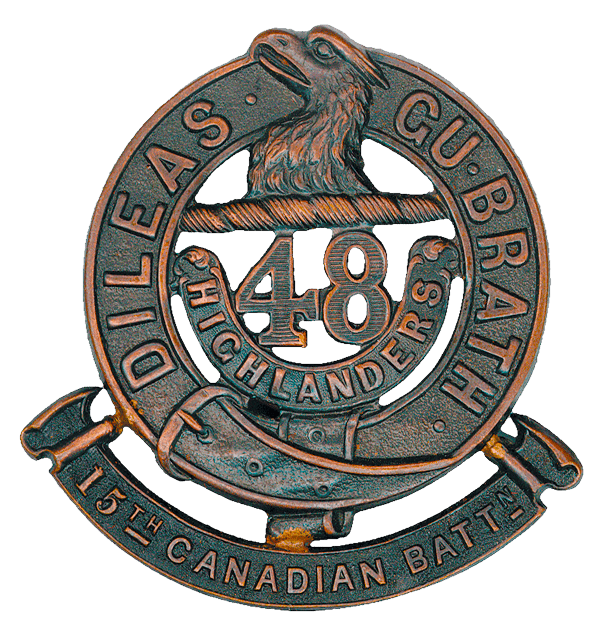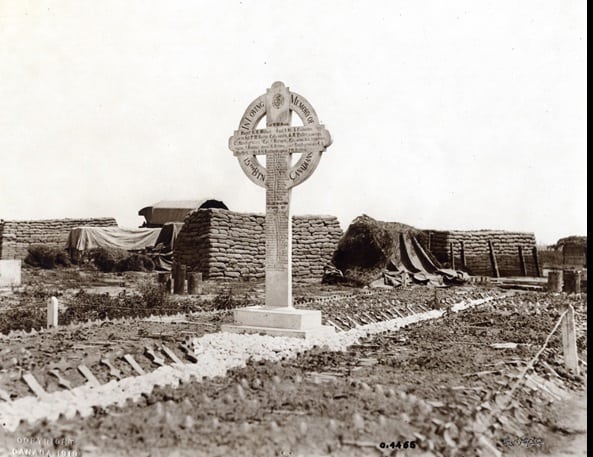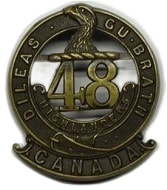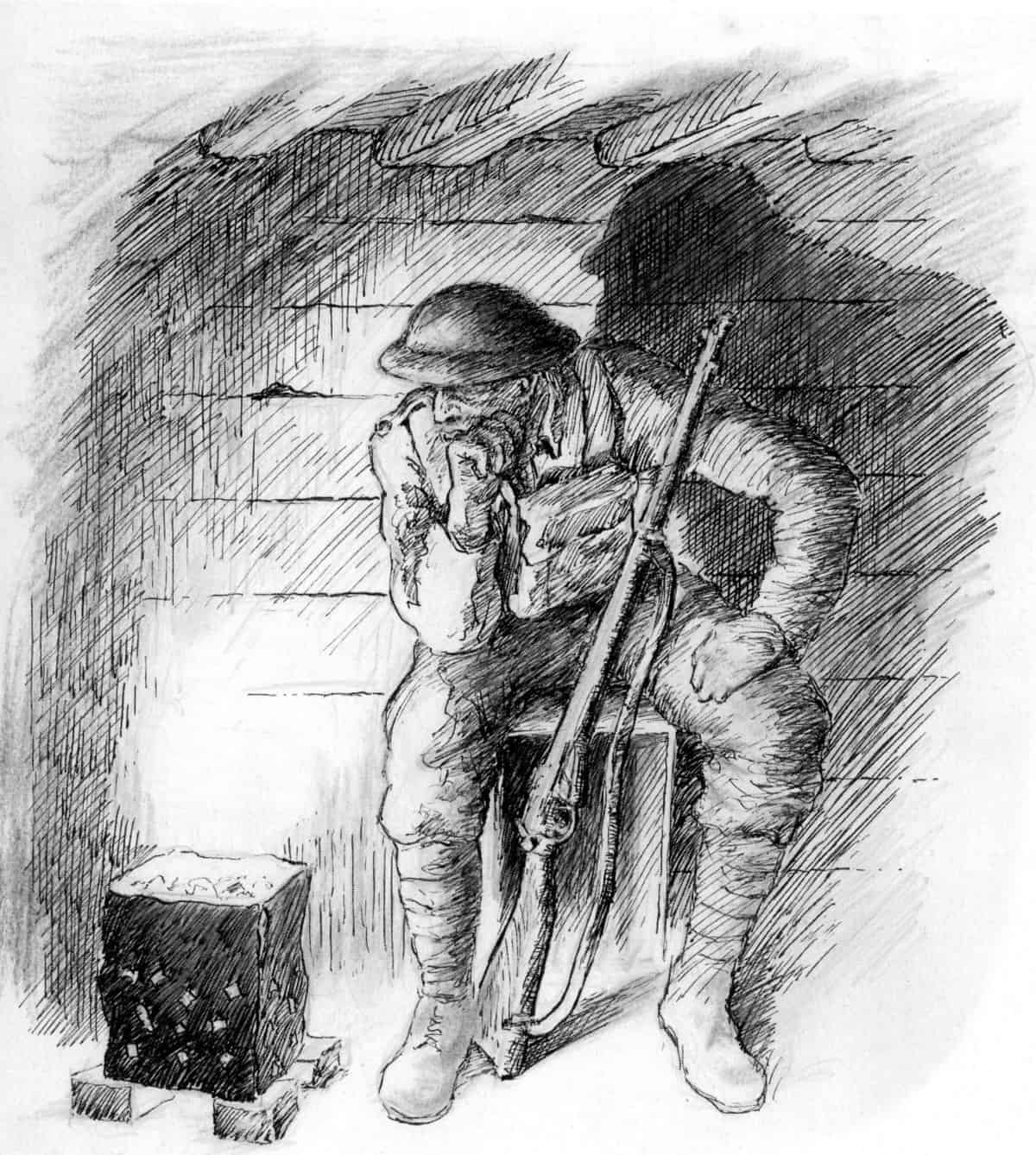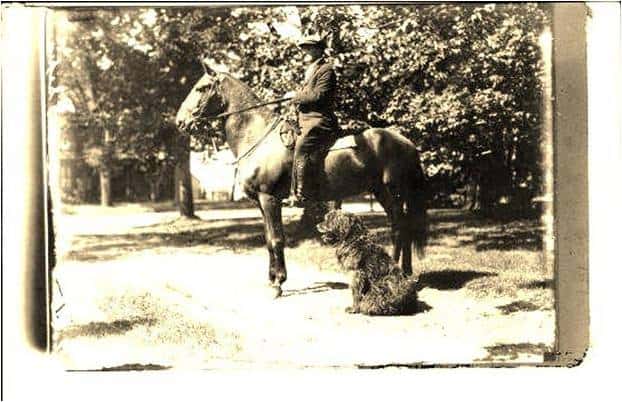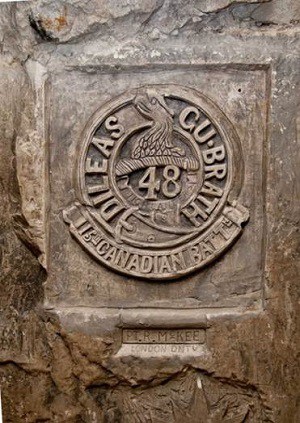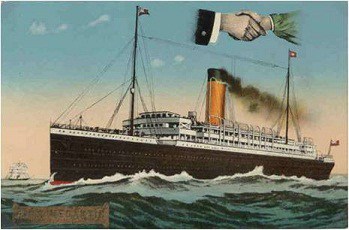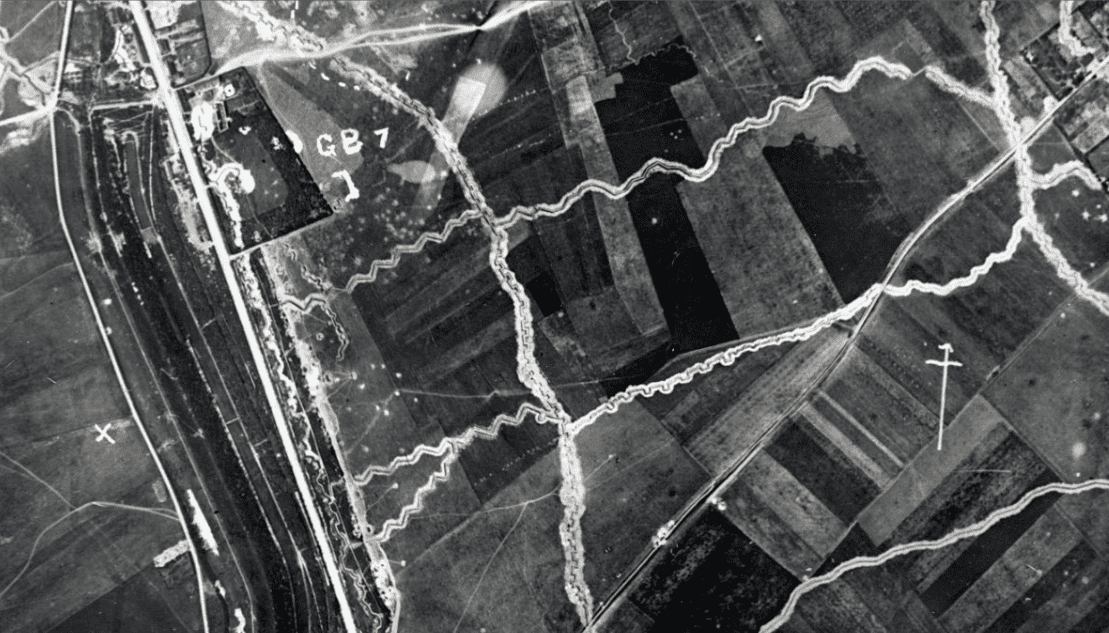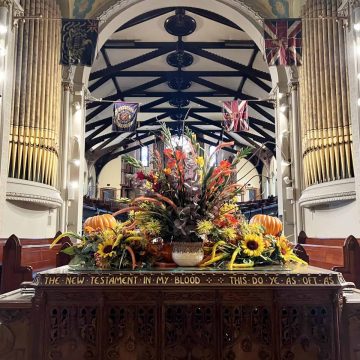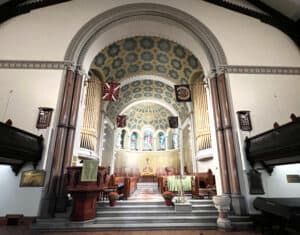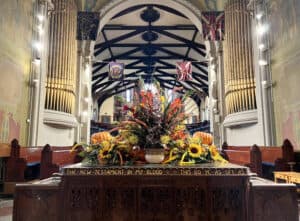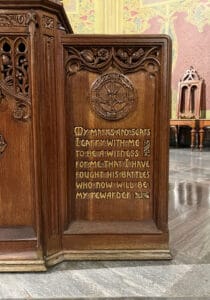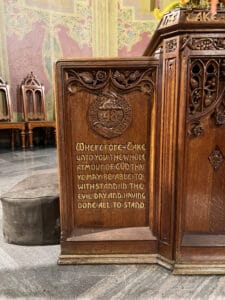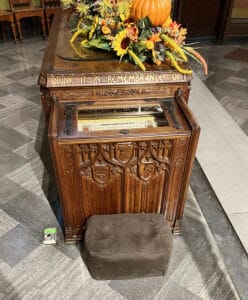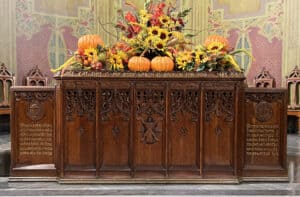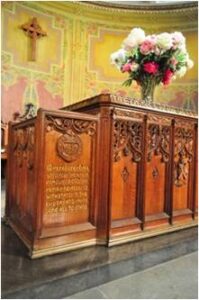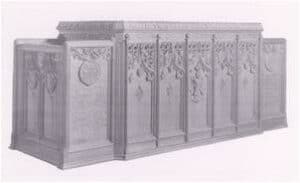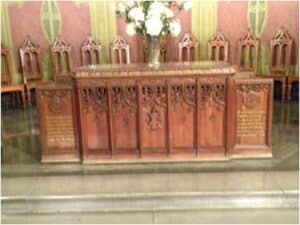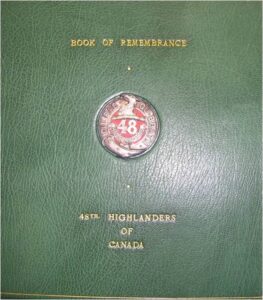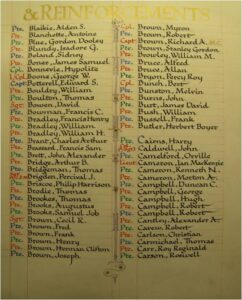The Communion Table in St. Andrews Church was constructed in 1934 and has been designated as an Historic Site. The Communion Table is in the chancel beneath the Regimental Colours and was dedicated on Remembrance Day, Sunday, November 11, 1934, by The Minister of St. Andrews and Chaplain of the Regiment, The Rev. Stuart C. Parker, D.D.
The Table is the gift of the Sergeants to the church in memory of their comrades who fell in the First World War and now stands as a memorial to those who gave their lives in World War I and World War II. It has been used since its dedication at every celebration of The Sacrament of Holy Communion. The Table is wrought in oak and is the inspired creation of Dr. John A. Pearson a member of St. Andrew’s Church.
There are five panels in the main part of the Table on both front and back. The ends are covered by abutments also paneled. Around the margin of the tabletop, in one continuous line are carved, Jesus’ words: “Take, eat; this is My body which is broken for you. This do in remembrance of Me. This Cup is the New Testament in My blood; this do ye. As oft as ye drink it in remembrance of Me”. On the frieze below the top, in the upper part of each panel, are carved the symbols of Bread and Wine. On the centre panel of the front is the heraldic figure of St. Andrew, While on the corresponding panel at the back is the Burning Bush with the legend “Nec Tamen Consumebatur”. Intertwined in the Gothic tracery of the panels are floral designs — the maple leaf, the rose, the thistle, the shamrock, acorns and the fleur-de-lis. The interior of the table is ventilated through small decorative openings in the tracery and is vacant.
The abutments are narrower than the Table, and about six inches lower; each has a removable oak top, and at the Communion the abutments are used as part of the Table. Below the oak tops each has a lower top of plate glass, set in a hinged frame which can be opened and closed, and also locked to safeguard the Memorial book within. The book rests on an inner shelf, about ten inches below the glass and hidden in each chamber is an electric light which can be turned on or off by a switch on the Chancel wall. When lighted a good view thus can be had of the open pages of the Book within.
On the front of the right-handed abutment there are carved these words: “My marks and scars I carry with me to be a witness for me that I have fought His battles who now will be my rewarder.” And on the front of the left abutment there are the Regimental Crest and these appropriate words of St, Paul: “Wherefore take unto you the whole amour of God that ye may be able to withstand in the evil day and having done all to stand.” The symbols of the “Armour of God” are carved on the sides of both abutments, – The Girdle of Truth, the Breastplate’ of Righteousness, The Sandals of Peace, The Shield of Faith, The Helmet of Salvation and The Sword of The Spirit.

